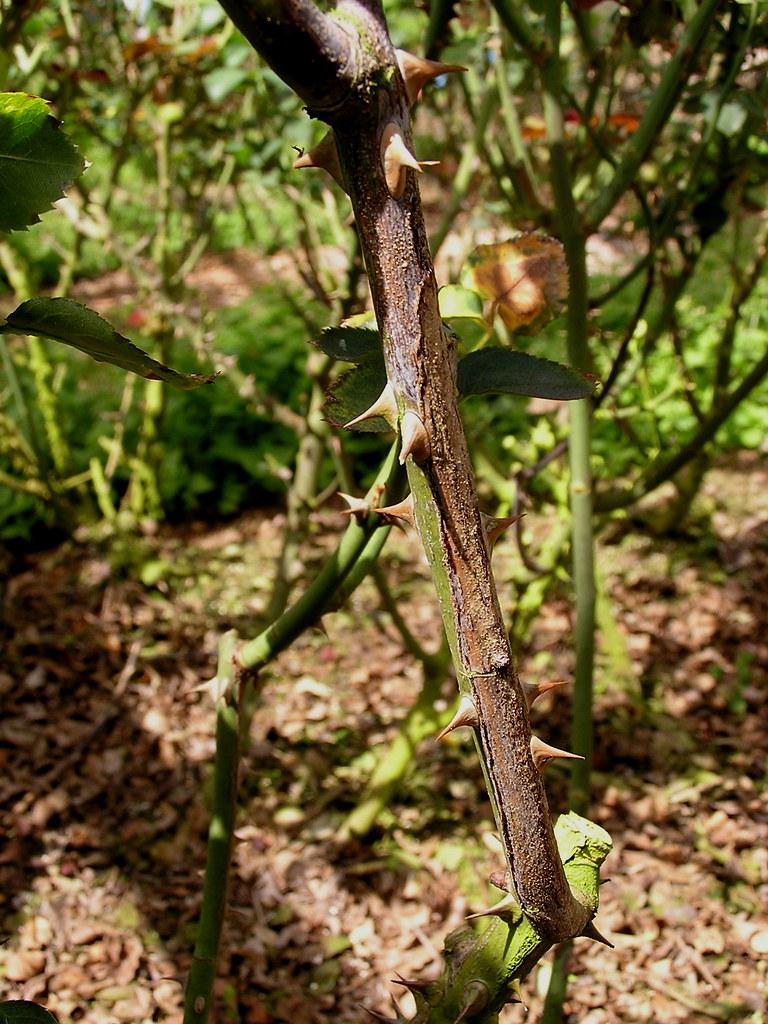
Phomopsis canker
Phomopsis spp.
Also Known As - Stem gallWhat is Phomopsis canker (Phomopsis spp.)?
Phomopsis canker is a fungal disease caused by Phomopsis spp. It affects various woody species, including oak trees, shrubs, and vines. The disease is prevalent in regions with periods of drought, site disturbances, and environmental factors that stress the trees. Symptoms of Phomopsis canker include large, abnormal swelling outgrowths on branches and trunks, leaf wilting, a blight of young shoots, and darken-sunken areas on stems with possible sap or resin flow.
How does Phomopsis canker (Phomopsis spp.) occur?
Phomopsis reproduces through the production of spores. Phomopsis can enter through open wounds created by insects, although there are no known insect vectors. It thrives in wet, shady, and cool conditions during spring, spreading through rain splashes. Cream-colored spores are produced on small black fungal bodies. These spores are released and carried by wind to nearby stems, initiating new infections. This reproductive process allows Phomopsis to spread and continue its life cycle, contributing to the persistence and spread of Phomopsis canker in woody plants.
Symptoms
1 - Trees Health
Phomopsis canker causes wilting, dieback, and potential death of plants. It weakens the tree structure, increasing the risk of breakage. Additionally, it negatively affects tree aesthetics, productivity, and overall health.
2 - Impact on Soil
Phomopsis canker can persist in the soil and infect plant debris, leading to potential new infections in future plants. It also has an impact on the soil microbial community and nutrient cycling processes, affecting the overall health and fertility of the soil.
3 - Environmental Consequences
• Phomopsis canker has ecological implications, particularly for native tree species, and can disrupt natural ecosystems and biodiversity.
Solutions
1 - Proper Diagnosis and Pruning
• Accurate identification of Phomopsis canker through professional diagnosis. • Prune and remove infected branches, discarding them properly. • Sanitize pruning tools before and after pruning on infected trees. • Avoid pruning during wet conditions to minimize spread.
2 - Addressing Tree Health and Early Action
• Mitigate drought stress and ensure adequate nutrient supply to plants. • Healthy trees are less susceptible to Phomopsis infection. • Preventive measures and early detection are crucial for managing Phomopsis canker. • Monitor trees regularly for signs of infection and act promptly.
3 - Fungicide Application
• Fungicides can be used preventively on newly developing shoots. Common fungicides used for managing Phomopsis canker include mancozeb, thiophanate-methyl, copper-based formulations, and propiconazole. • Consult with experts for appropriate fungicide recommendations.
